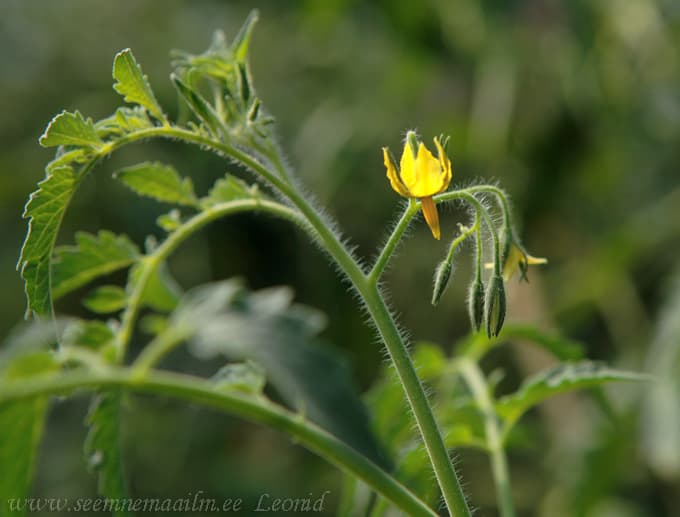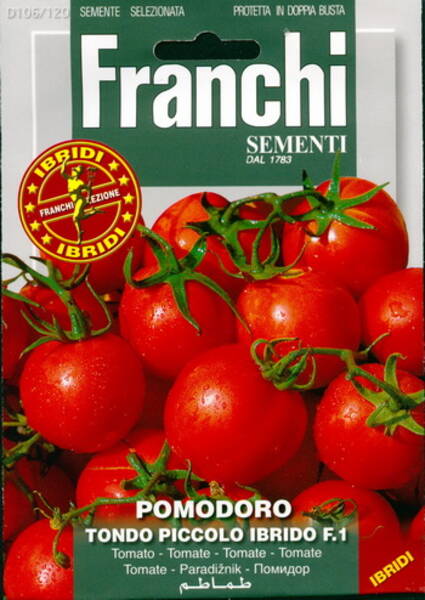Mid-early hybrid for growing indoors, outdoors and in spring film greenhouses.
The plant is undersized, determinate, does not require a garter.
Fruits are small (up to 50.0 g), round, smooth, dark red.
The hybrid is resistant to late blight and adverse weather conditions.
A compact bush with small red fruits looks very decorative.
The fruits are tasty, juicy, sweet, ideal for salads and whole-fruit canning.

* The supply of nutrients in sprouted seedlings is very limited.
Organic substances are needed for intensive growth, but plants receive only mineral substances from the soil, and plants must produce organic substances through photosynthesis.
In bright light, active photosynthesis occurs in the forming leaves, and 10 times more organic matter is formed than is burned during respiration. Under such conditions, seedlings of most crops are ready for picking within 1-1.5 weeks after emergence.
In the weak light of a cloudy February day, photosynthesis occurs at such a low level that most of the organic matter formed is burned during respiration. Therefore, seedlings slowly build up biomass. Not receiving enough light, the sprouts stretch out, using up the remains of the substances stored in the seed. Such seedlings often get root rot and "black leg".
What illumination can be considered sufficient for growing seedlings? Seedlings grow well with illumination of 8000 lux. The first 2-3 days the shoots need round-the-clock lighting, and in the following days - 15-16 hours.
And what illumination do we have on the windowsill? At best, 2500-3000 lux (March 1 in Estonia, on a southern window on a clear day). And the length of the day on March 1 is only 10 hours 40 minutes, on April 1 - about 13 hours. That is, there is very little light on the windowsill for vegetable seedlings, so additional lighting is required.












